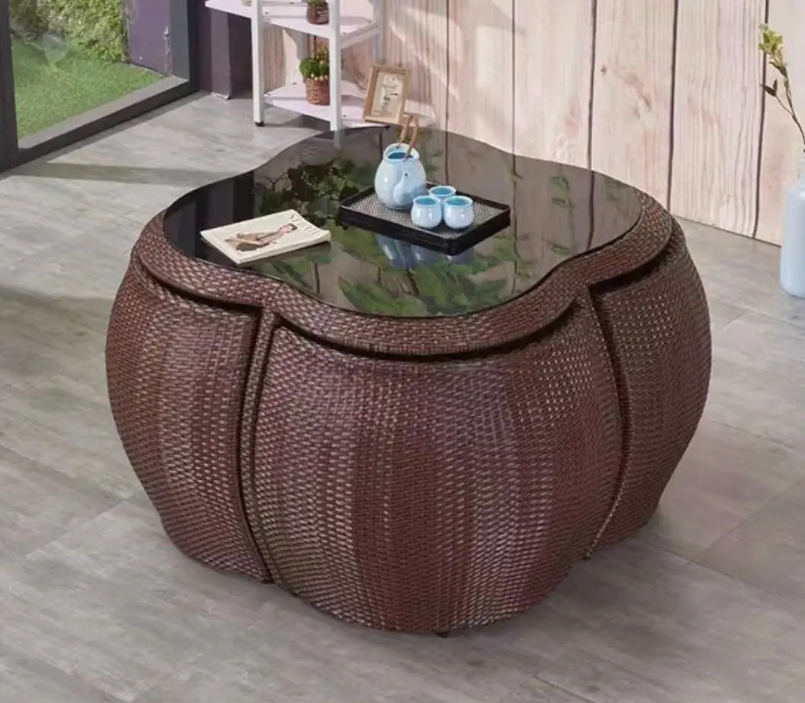A Nineteenth-Century Iron Foundry for a Nonetheless-Life Photographer, Reworked
When a pair of New Yorkers—a nonetheless life photographer and a humanitarian assist worker on the U.N.—had been in quest of a spot to decompress in nature, they came across an unlikely contender: an earlier iron foundry often known as the Clover Hill Foundry, genuine constructed inside the early Eighteen Nineties.
Tucked on a hill in Somers, New York, the sequence of interconnected buildings had been constructed to operate part of an iron mine, nonetheless for causes that keep significantly of a thriller, that they had been closed and abandoned not prolonged after—”presumably,” in line with architect Ravi Raj—”ensuing from a much bigger rip-off operation.” The buildings fell into disrepair (and, in line with the Somer Historic Society, the mine shaft turned a neighborhood favorite swimming hole) until the Nineteen Forties, when a trio of artists remodeled the buildings into separate residences, retaining—fortuitously—many of the genuine particulars intact.
Fast forward to the twenty first century: The New York couple was taken by the spareness of the realm and the easiest way the house home windows framed views of the encircling bushes. To exchange the foundry for up to date life, the duo enlisted a buddy, Brooklyn-based architect Ravi Raj, who had labored with Adjaye Associates sooner than starting his private studio.
With care, Ravi preserved the foundry’s genuine brick partitions and picket beams, hewed to a stripped-back palette, then rearranged a lot of key areas and added a “stylish amount” suspended contained in the hovering space. Be part of us for a look.
Footage by Nick Glimenakis, courtesy of Ravi Raj Architect, in addition to the place well-known.











